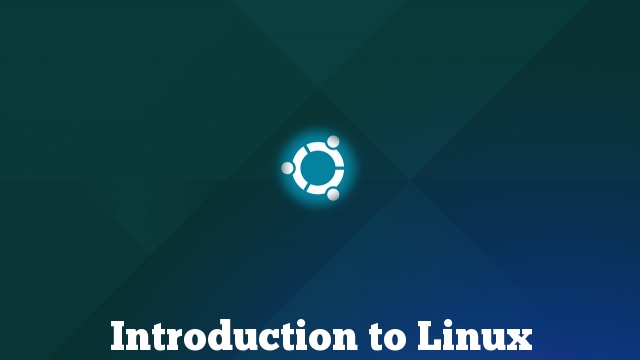Hello and welcome to the world of Linux! This page is intended for Ubuntu first-time users. This section explains how to test and install Ubuntu.
Do not worry – although Linux works differently than Windows, Linux is not harder to use. However, you have to learn a few new things, because Linux is not Windows.
Linux, Ubuntu, and Distributions?
What is that? In the world of Linux, there are a number of terms that you should use to understand what Linux and free software are all about. We will have posts about What is Linux and What is Ubuntu that will provide an overview of these terms.
Ubuntu, Kubuntu and Many Others
All of these variants are the same, but different user interfaces are used. In Ubuntu it was standard GNOME 2 up to version 10.10, and in the future the specially developed Unity will be used. Kubuntu uses the KDE software compilation, Xubuntu Xfce, Lubuntu LXDE, Ubuntu GNOME the GNOME shell, etc.
In addition, different programs are partly installed. But the technology that hides behind the user interfaces is always the same, but it just looks a bit different. There are also special versions like Edubuntu for school application or a version for a server.
Why not distribute everything on multiple DVDs
This step should be avoided. Users typically need only one user interface (desktop environment), while server users do not have a graphical interface. Ubuntu is distributed worldwide. In Europe, we live on a high standard. The download of large files is cheap with the usual flat rate internet access, and almost every computer is equipped with a DVD drive. But in other parts of the world, it looks different: modern computers are rare. And this also applies to fast and inexpensive Internet connections.
Can I use Ubuntu KDE programs?
Yes. As already mentioned, Ubuntu and the different variants are one and the same distribution. For example, Under GNOME to use a KDE program like Amarok, you simply install the program. If you want to install another desktop environment, so does not counter. When logging on, the user can select which desktop environment to launch when multiple desktop environments are installed. Of course, you can also use server services under Ubuntu or a server installation later equipped with a graphical interface.
How are the versions identified?
What is Precise or Trusty
A new version of Ubuntu appears every 6 months. This can be seen from the version number. So the versions are 6.06, 8.10, 12.04, 14.04 etc. The first digit stands for the year and the second for the month of the publication. Ubuntu 14.04 was released in April 2014, and Ubuntu 14.10 has been released in October 2014.
In addition to this numbering, developers identify the different versions with animal names. Mark Shuttleworth chooses an English animal name with an adjective beginning with the same letter. The initial letters have been selected since 6.06 “Dapper Drake” in alphabetical order. The version 12.04 has got the name “Precise Pangolin” and is the 16th version of Ubuntu.
What is LTS?
This abbreviation stands for “Long Term Support”. Every two years, a version is published which, unlike the other versions, is significantly longer (5 years) with updates (“updates”), among others. (Bug and security fixes)
What is 64-bit?
Modern processors offer, among other things, “Broader” ways for internal data transmission. In the Linux world, amd64 or x86_64 is often used as an abbreviation – as opposed to i386 or x86 for 32-bit. If you have a 64-bit capable processor, you should generally make use of the various advantages.
What is the right thing for me?
Everyone has to decide for himself. Roughly said: Ubuntu as well as Kubuntu are comparable with other well-known operating systems particularly suitable, as regards the extent and the work comfort. Xubuntu and Lubuntu require a little less main memory, disk space, and processor capacity, making them especially suitable for low-performance computers. The live or desktop CDs can be put into any desktop environment.




